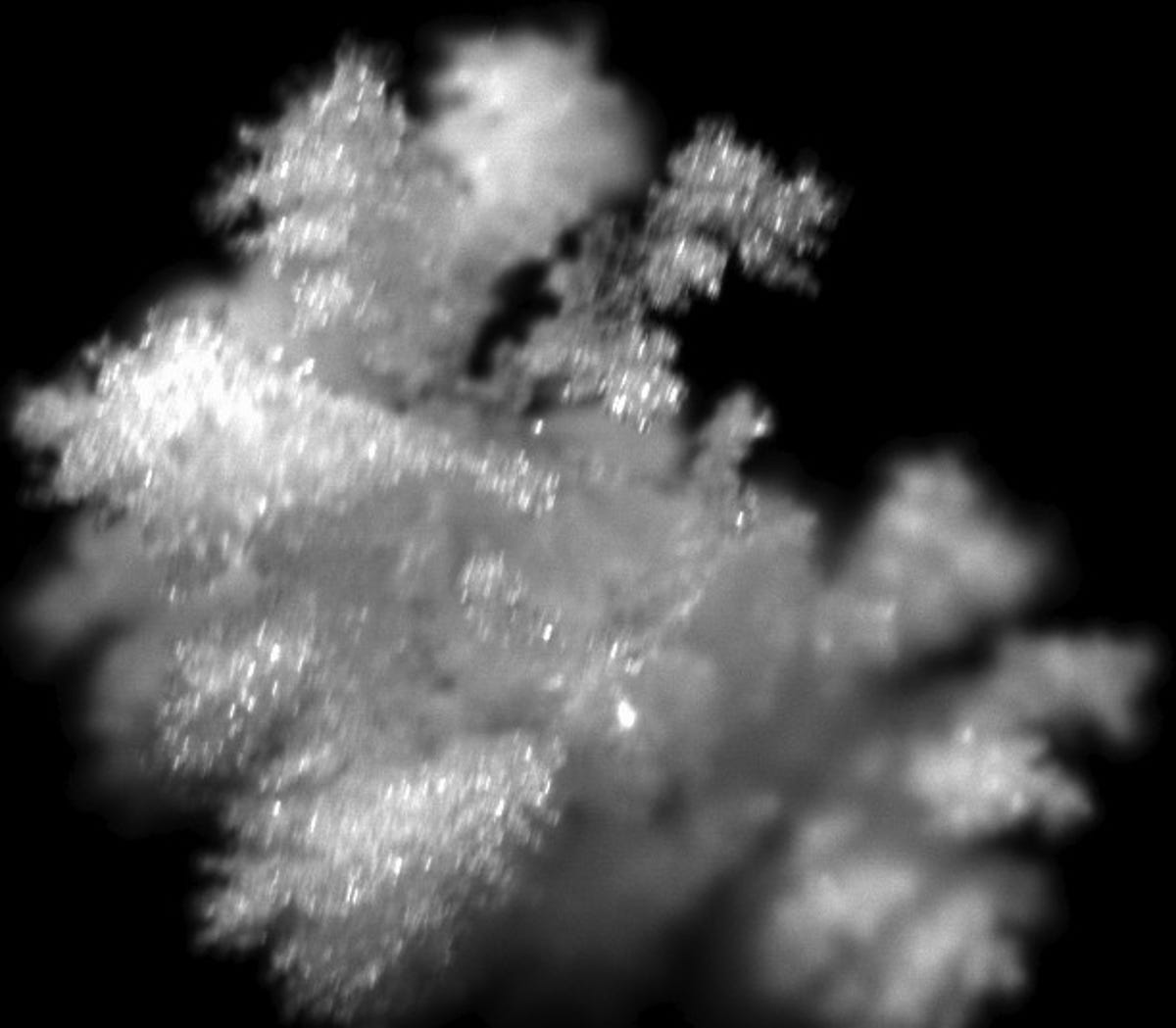Speedy camera captures snowflakes in midair (pictures)
MASC, or the Multi-Angle Snowflake Camera, photographs snowflakes in 3D as they fall naturally. The results could help improve weather forecasting data -- and they look stunning to boot.

Scroll through our gallery to see some stunning images of snowflakes captured in free fall using the University of Utah's MASC, or Multi Angle Snowflake Camera. The system -- under development for three years -- takes 9- to 37-micron-resolution stereographic photographs of snowflakes from three angles while simultaneously measuring the speed of their fall, a highly influential factor in the location and lifetime of a storm.
"Until our device, there was no good instrument for automatically photographing the shapes and sizes of snowflakes in free fall," says Tim Garrett, an atmospheric scientist at the University of Utah and one of the developers of the system. "We are photographing these snowflakes completely untouched by any device, as they exist naturally in the air."

